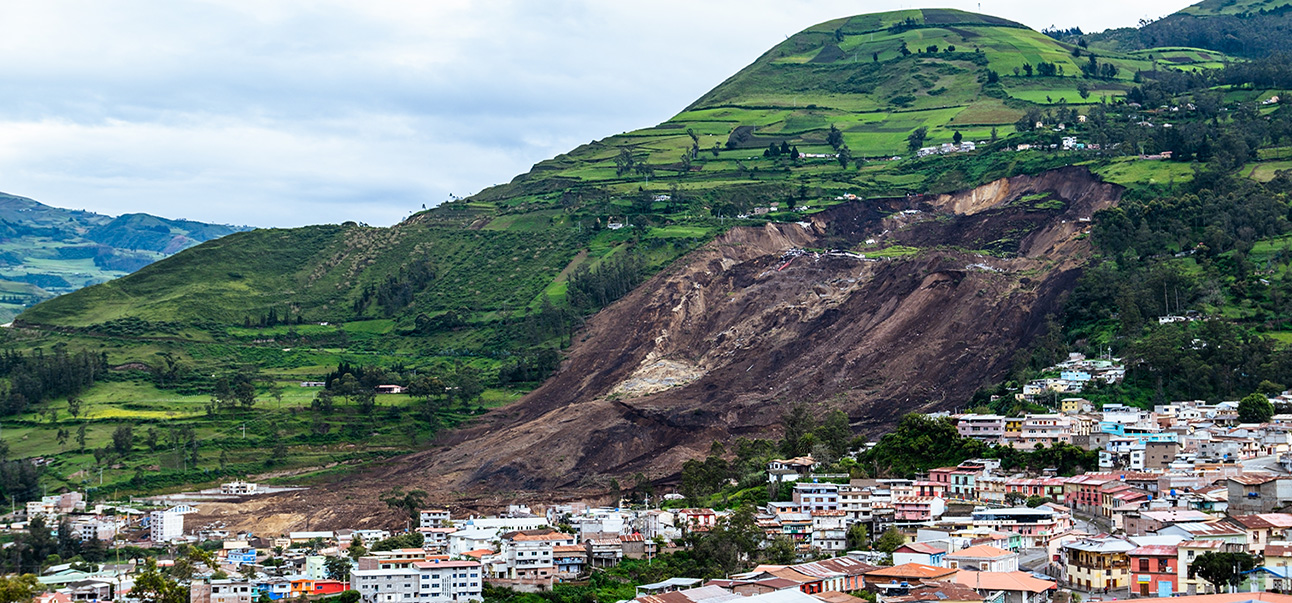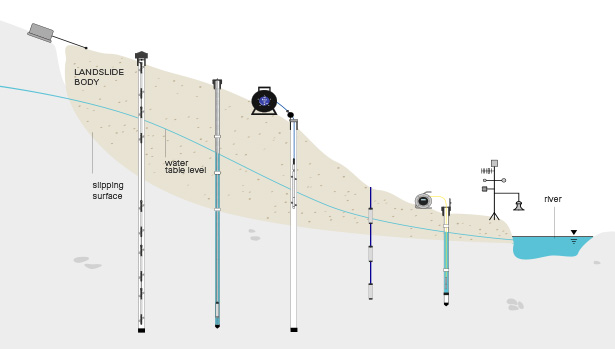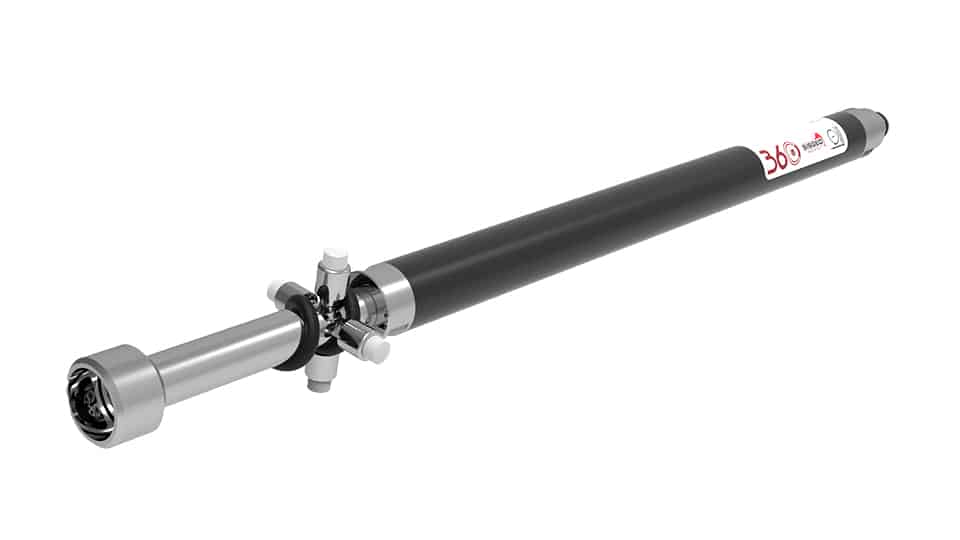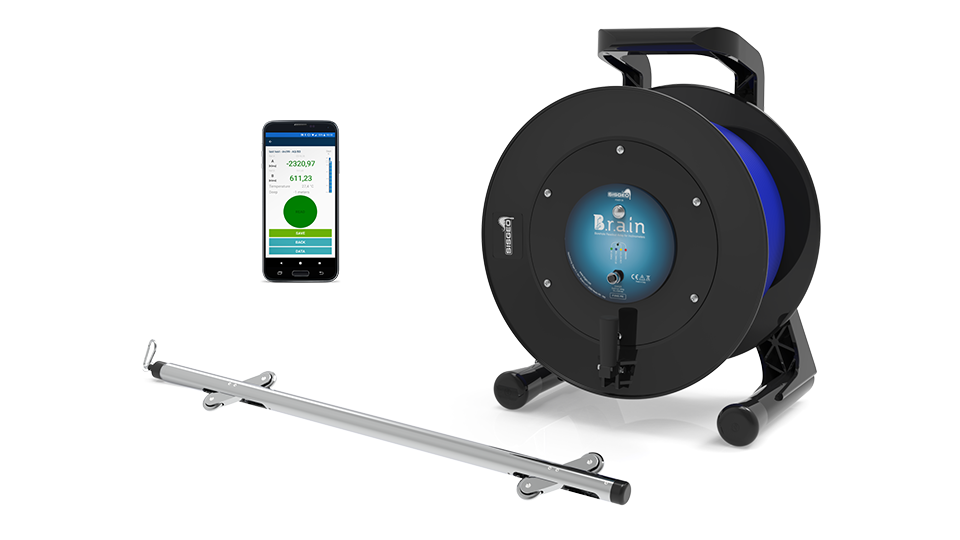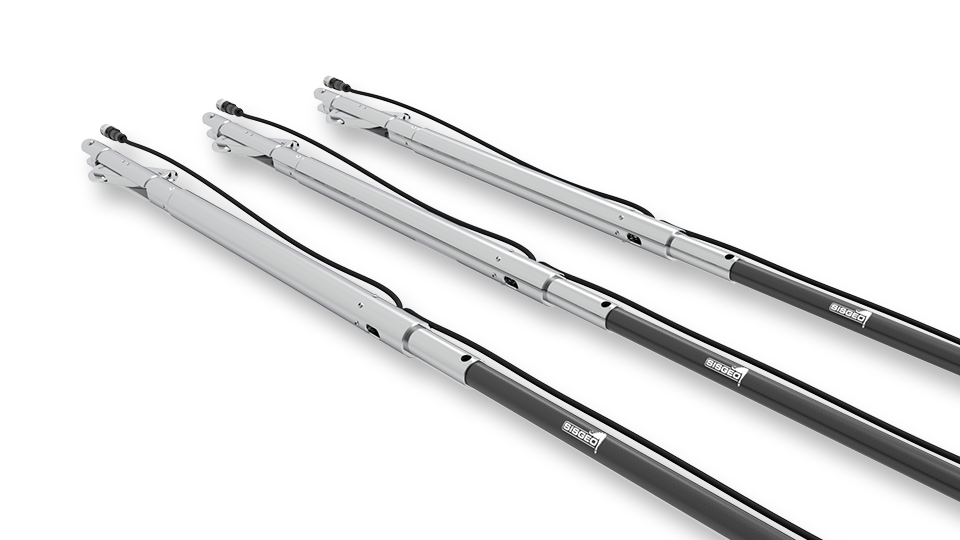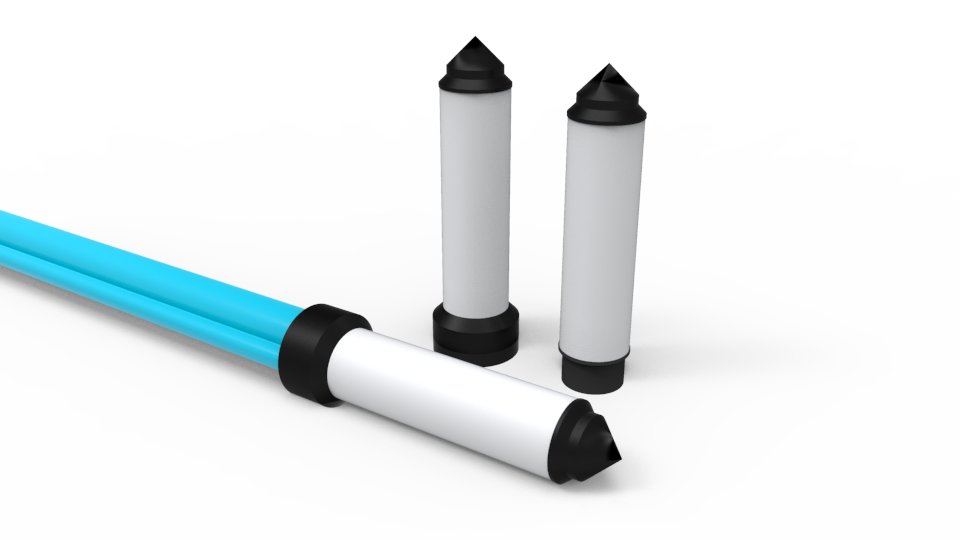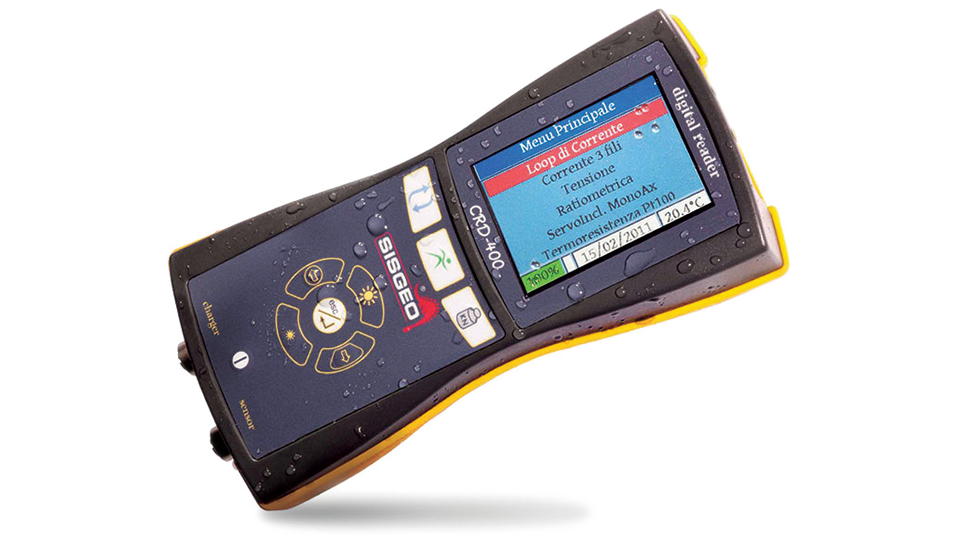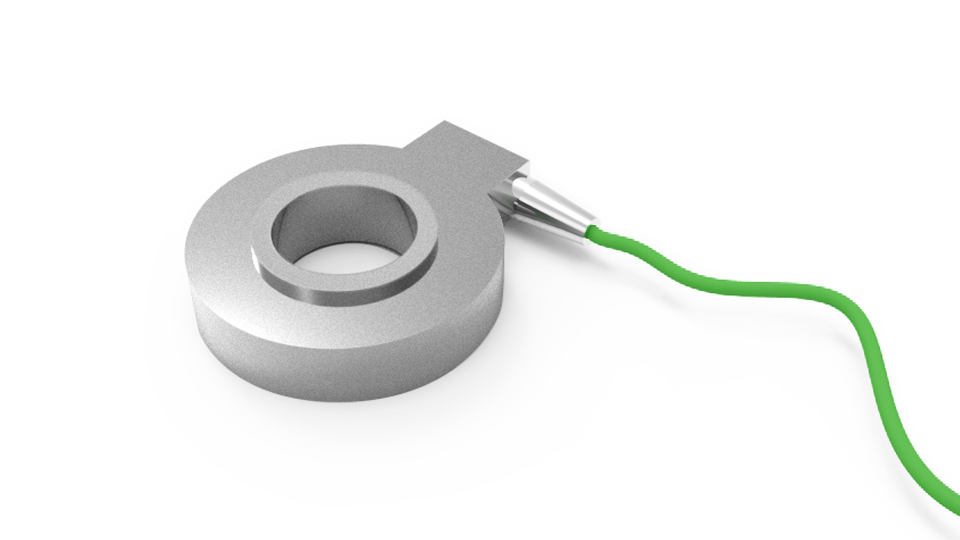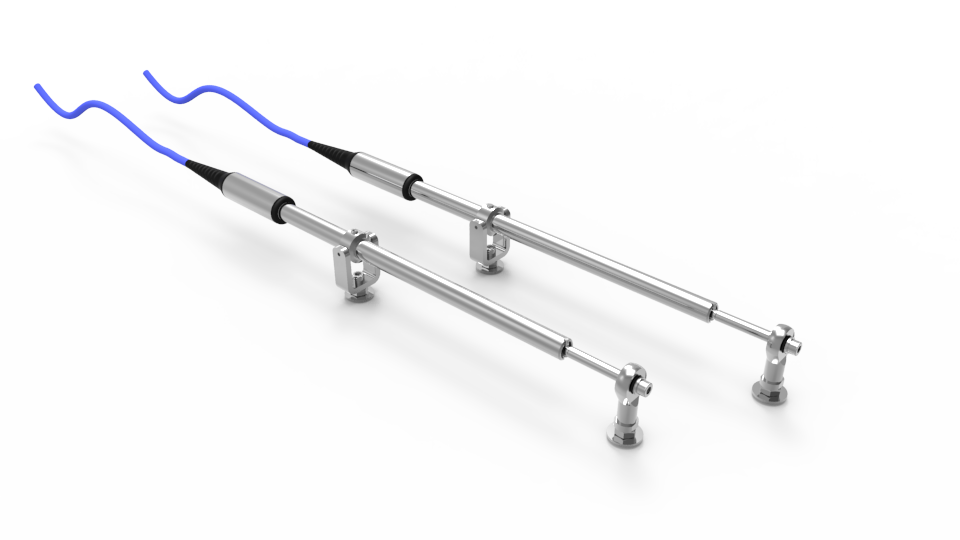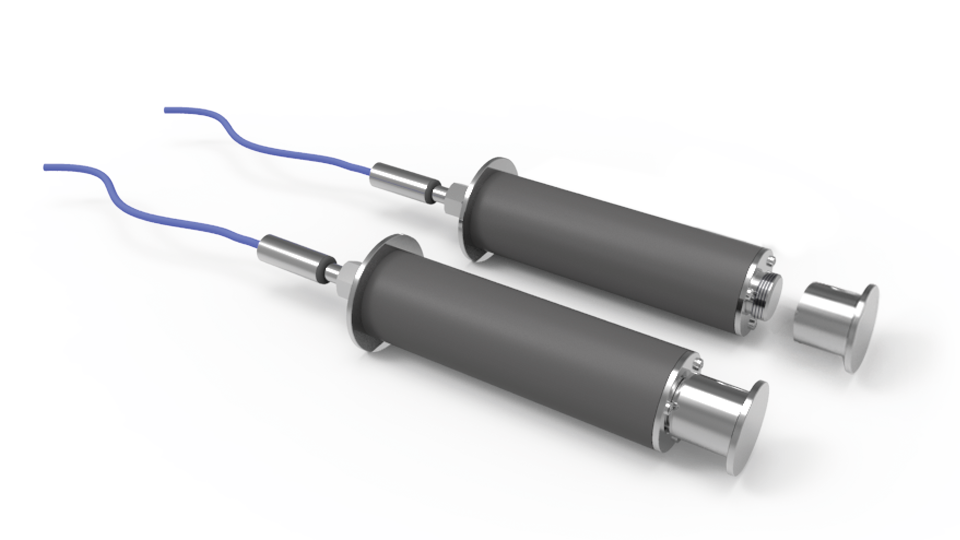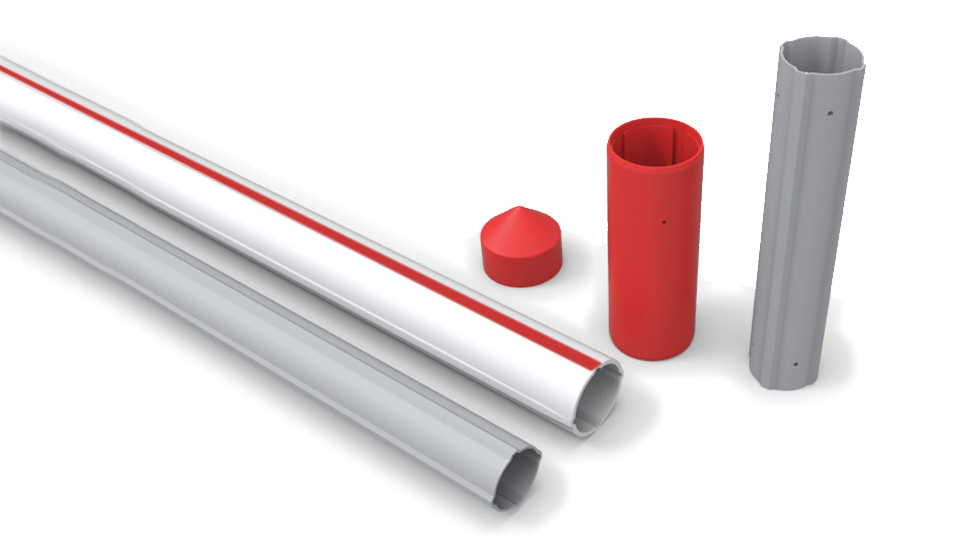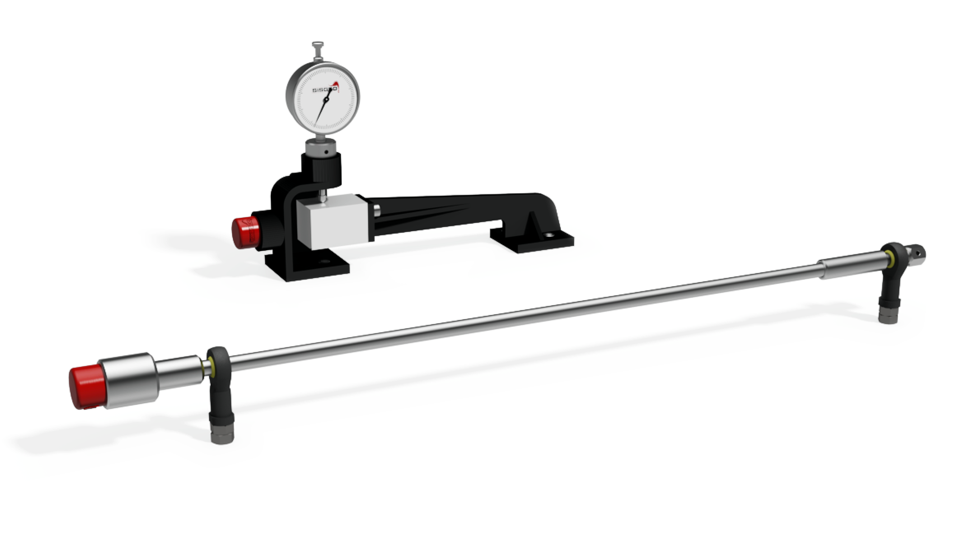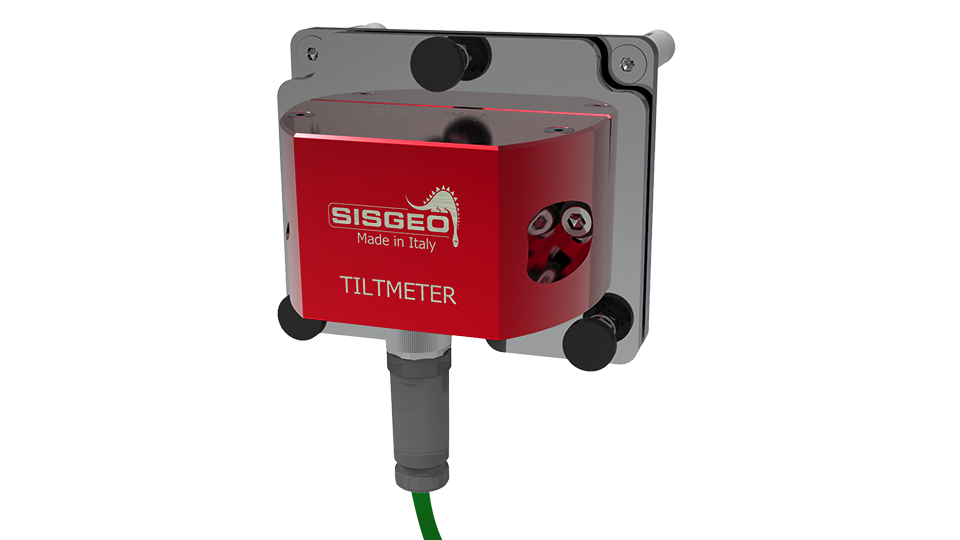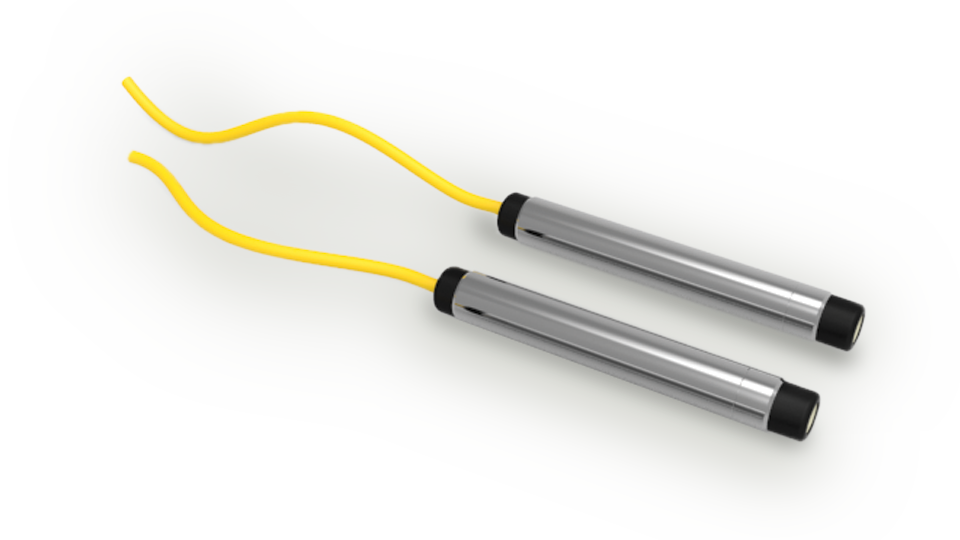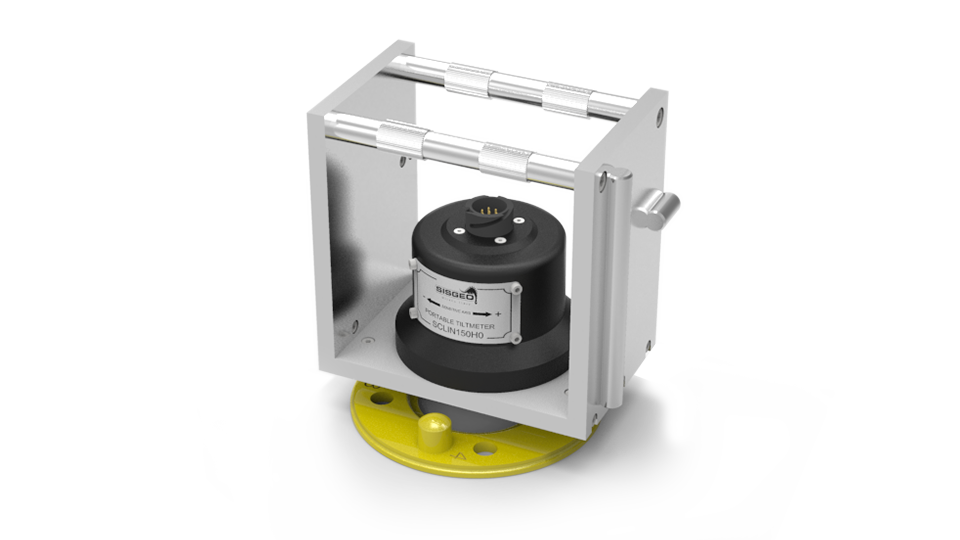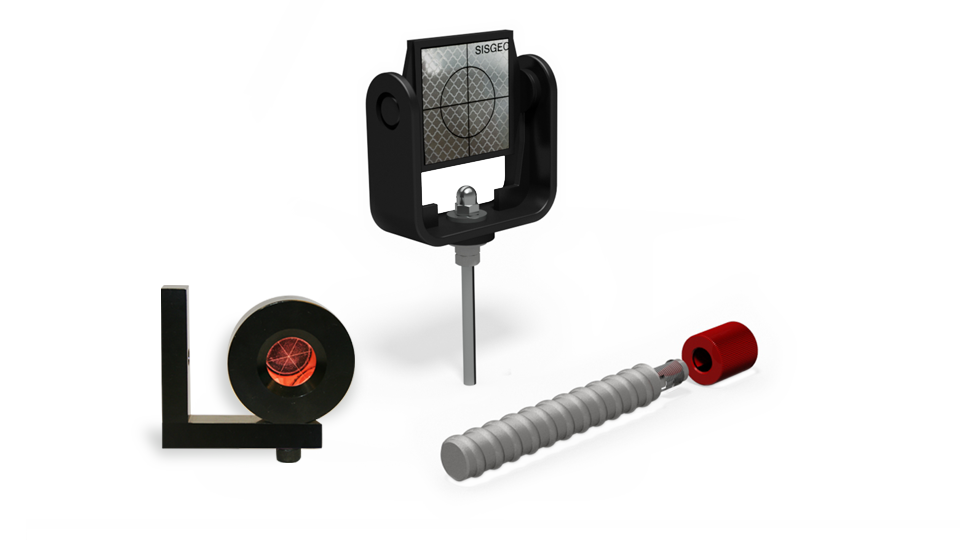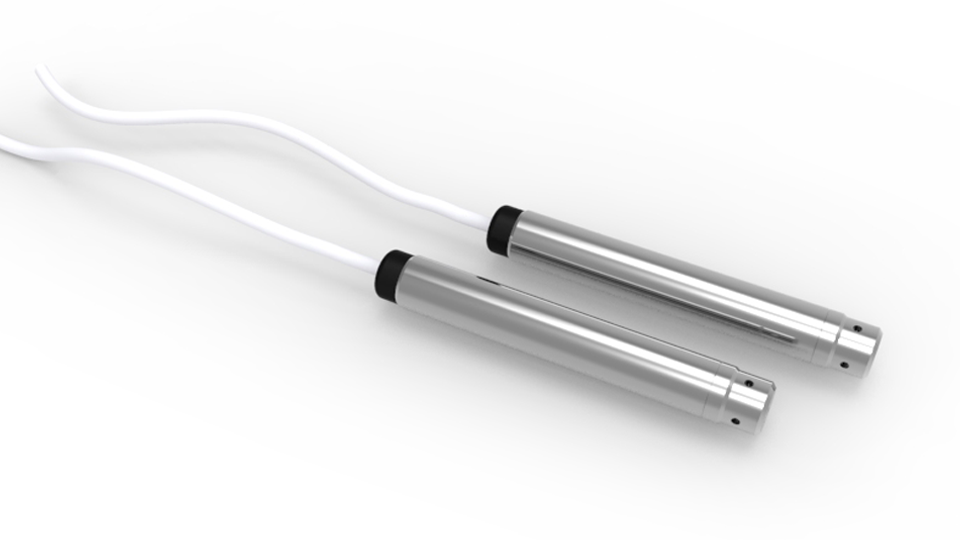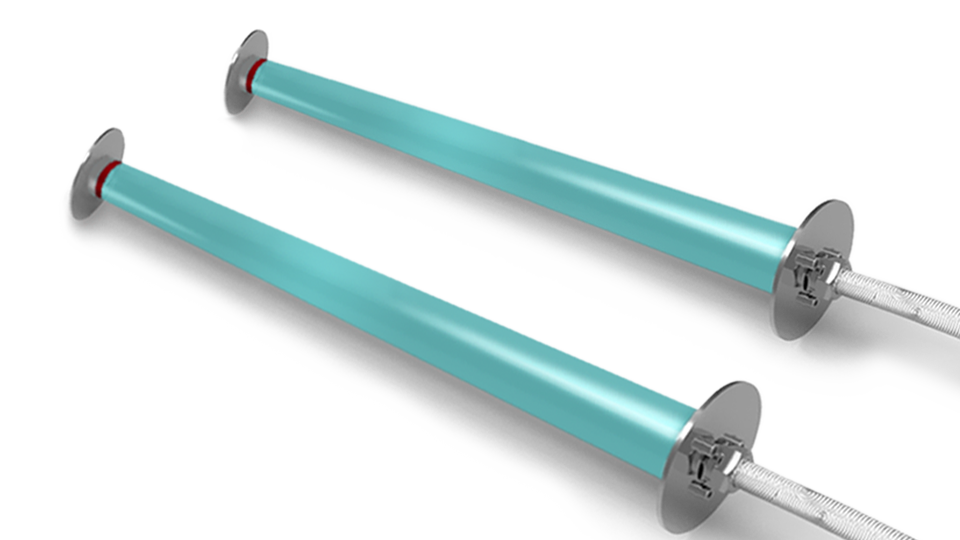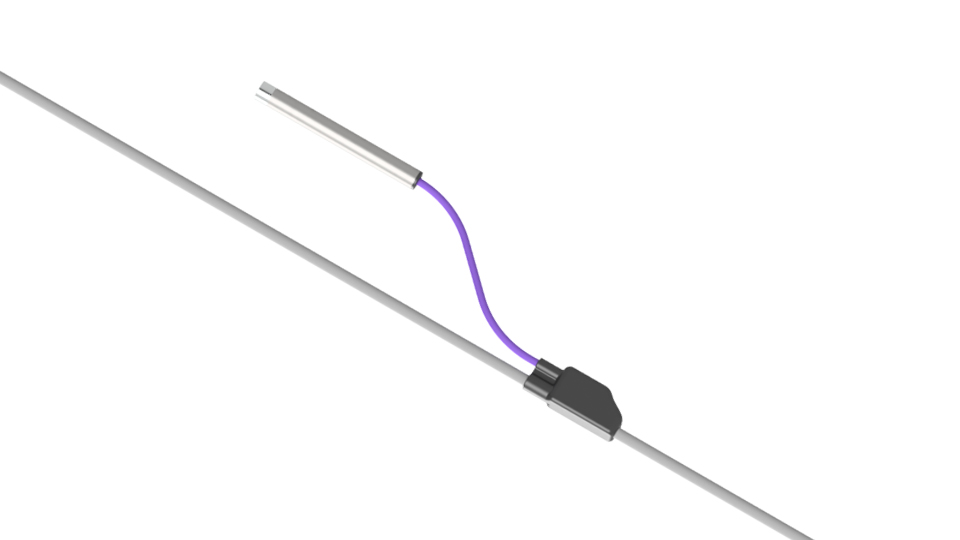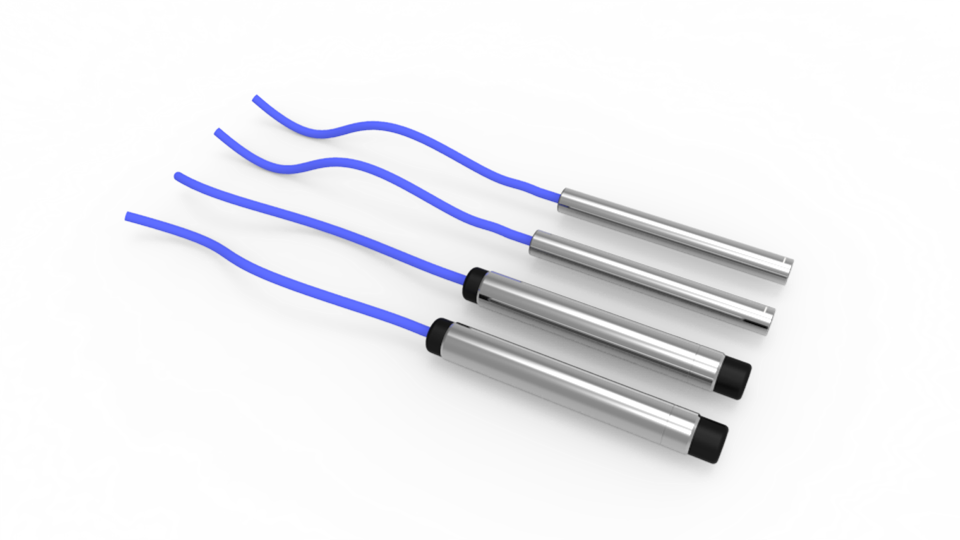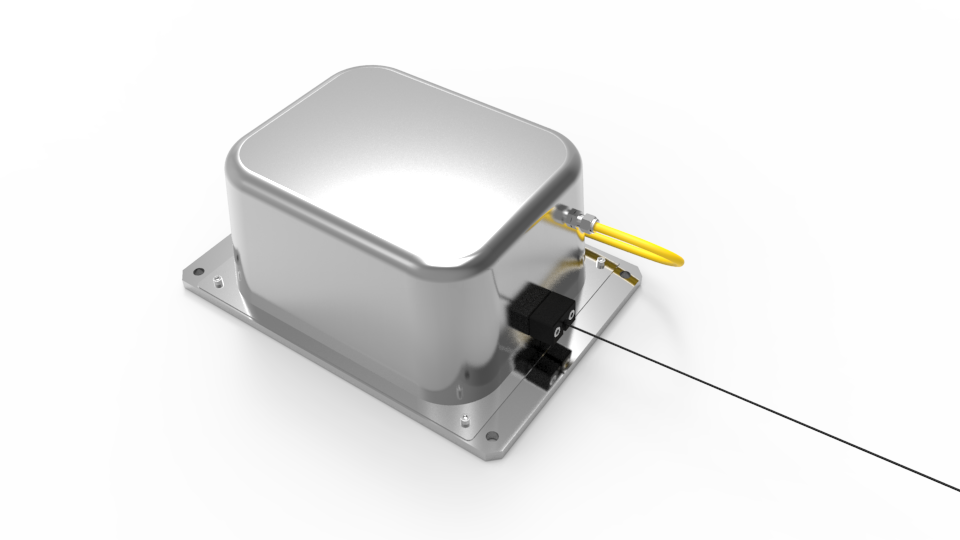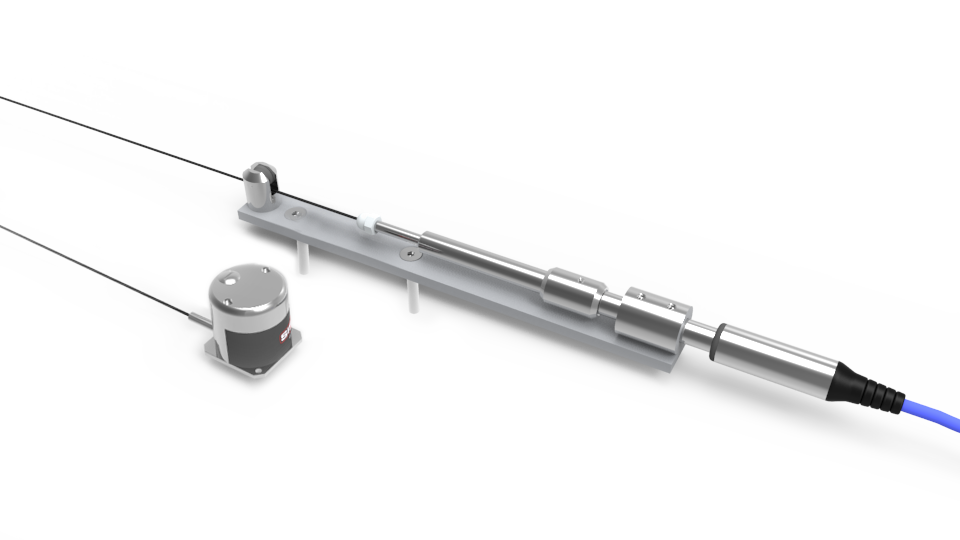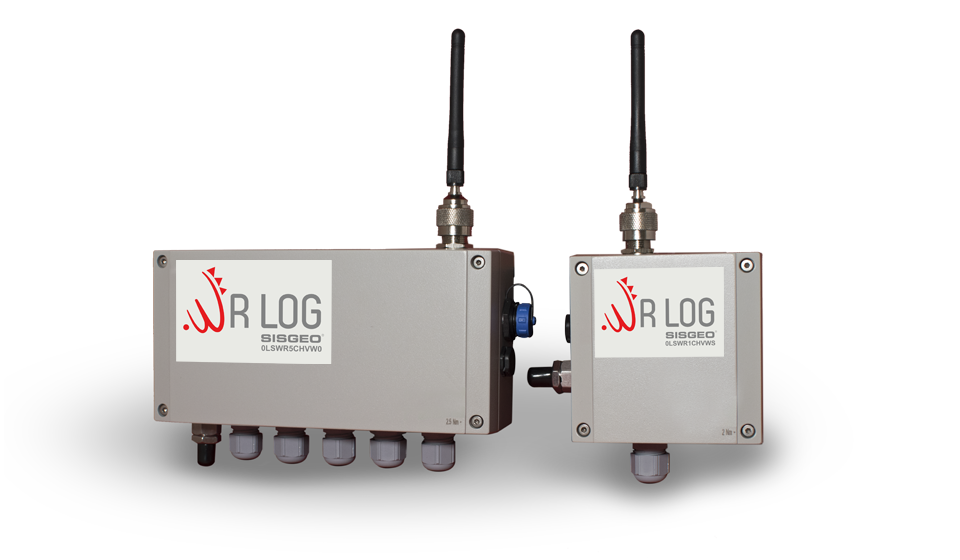What is a rotational landslide?
A rotational landslide, also known as a slump, is a type of landslide that involves the downward and outward movement of a mass of soil or rock along a curved surface. Rotational landslides often occur in areas with slopes or hillsides that have a concave shape, where the slope changes from steeper at the top to gentler at the bottom. They typically occur in materials that have distinct layers or weak zones, such as layers of clay, silt, or sand, that have different strengths or stiffness.
Geotechnical monitoring of a rotational landslide involves the use of various techniques and instruments to continuously monitor the movement and stability of the slope. The main goal of monitoring is to detect any signs of instability and provide early warning of potential landslides.
The data collected through geotechnical monitoring is used to assess the risk of landslides and to develop appropriate measures to mitigate the risks. This can include slope stabilization measures, such as the installation of retaining walls, rock bolts, or drainage systems, as well as the implementation of early warning systems to alert nearby communities of an impending landslide.

